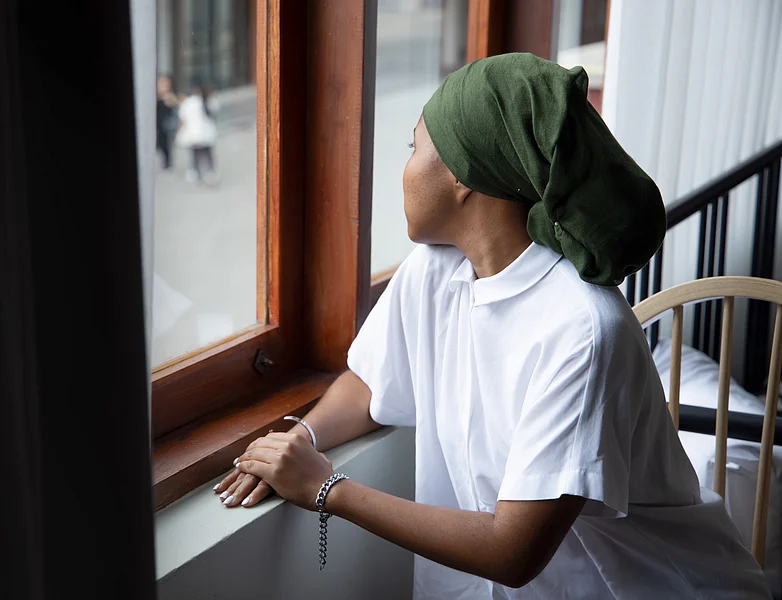Manténgase sano!

- Posted August 7, 2023
When Cancer Strikes Twice, Black Americans Face Higher Death Rates
Black Americans diagnosed with a second primary cancer after their first one are more likely to die than their white peers.
That's the takeaway from a new study by the American Cancer Society (ACS).
Specifically, it found that these Black patients have a 21% higher cancer-related death rate than their white counterparts. Death rates due to heart-related causes are 41% higher.
The researchers also found disparities for Hispanic patients hit by a second new cancer. Their cancer-related death rates were 10% higher than those of white patients.
The disparities owed in part to later diagnosis among Black and Hispanic populations, especially for breast cancer, uterine cancer and melanoma, lead author Hyuna Sung said in a society news release. She's senior principal scientist of cancer surveillance research at ACS.
"The findings highlight research priorities to address survival disparities among the growing population of multiple primary cancer survivors,"she said.
For the study, the researchers used data from 18 U.S. health registries that included adults diagnosed with common second primary cancers, representing more than 8 in 10 adult-onset cases.
Among more than 230,000 people with second primary cancers, more than 109,000 died of cancer and more than 18,000 of heart-related causes during a median 54 months of follow-up. Median means half were studied longer, half for less time.
The investigators looked at 13 types of second primary cancers. They found that, compared with white individuals, Black people had a higher risk of cancer death for 10 second primary cancer types. The widest gap was seen for survivors of second uterine cancers and for seven second primary cancer types among Hispanic people, notably melanoma.
The risk of heart-related death was higher among Black individuals with 11 second primary cancer types, but generally lower among Asian/Pacific Islander and Hispanic populations than for white individuals.
Researchers looked at county attributes, including household income, and whether people lived in urban or rural environments. They also examined patient's clinical characteristics, including stage at diagnosis, tumor subtypes and treatment.
When all those factors were taken into account, racial and ethnic disparities narrowed substantially.
They said this highlights opportunities to reduce racial and ethnic disparities in survival rates.
"Persons with multiple primary cancers may face unique challenges such as limited treatment options, multiple chronic [illnesses], complexity in navigating health care systems, and exacerbated financial hardship,"Sung said. "Issues of financial hardship may be particularly relevant."
Lisa Lacasse, president of the American Cancer Society Cancer Action Network, said the organization continues to push for health disparities to be addressed. It is seeking increased federal and state funding for early detection of breast and cervical cancer, passage of federal prostate cancer screening legislation and advancement of proven tobacco control measures.
This also includes efforts to increase access to testing; expand Medicaid coverage in 10 remaining states that have not yet adopted expansion; support states to increase the reach of breast and cervical early detection programs; and to remove financial barriers to prostate, breast and cervical cancer screening for high-risk people.
"Ending cancer as we know it requires public health interventions that ensure everyone has equitable access to quality, affordable and timely access to prevention and early detection,"Lacasse said in the news release.
The study findings were published online Aug. 4 in JAMA Network Open.
More information
The nonprofit organization KFF has more on racial disparities in cancer outcomes.
SOURCE: American Cancer Society, news release, Aug. 4, 2023






